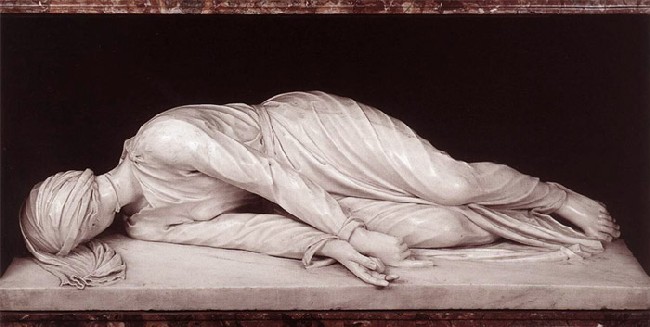Church of the Holy Cross,
St. Leo Abbey, Florida
[Click picture to enlarge]
My wife and I are reading the Conferences of John Cassian in a translation by Edgar C. S. Gibson available at the fine Order of St. Benedict website - Cassian. This translation of the Conferences was published in 1894 as part of "A Select Library of Nicene and Post-Nicene Fathers of the Christian Church, Second Series, Volume 11."
About every day we read a chapter in the Cassian's Conferences and then discuss it.
We almost always identify the same key points in a chapter and we give the same explanation of what the chapter means for the contemplative life. I take this to mean that Cassian wrote clearly and there's not much left for: "and what does this chapter mean to you?" We talk about what the abbots meant. The Conferences are easier to read than I thought.
And we each add observations based on our own interests — my wife might mention something that is similar to an idea from St. Teresa of Avila or I will claim I see where something in the Rule of St. Benedict came from Cassian — I actually do not know enough to say "this is from Cassian," but — at least until my wife reads this blog — she does not know that.
We look forward to our discussions of Cassian's Conferences.1
__________________________
Footnotes:
1. St. Benedict mentions Cassian's Institutes and Conferences in Chapter 73 of the Rule of St. Benedict as good reading for the monks.
Cassian was born in what is known today as southern France or in Romania. Cassian lived 360 to 435 AD — which is within a few generations after the end in 313 AD of the Roman persecutions of Christians.
Cassian died about 45 years before the birth in 480 AD of St. Benedict.
Cassian traveled extensively in the Egyptian deserts to learn about monasticism which had began to flourish in Egypt about the time the Roman persecutions were ending.
John Cassian’s accounts and interpretations of the most ancient wisdom of the desert fathers were important in the “transmission of the culture of Egyptian monasticism into the early medieval west.” (John Cassian and Augustine Casiday, Saint John Cassian on prayer (Oxford: SLG P, 2006) pg. # 1.)
St. Benedict of Nursia, Italy. Born at Nursia, c. 480 AD; died at Monte Cassino, Italy, 543 AD. Benedict was author/compiler of a Rule for monks. The Rule consists of 73 short chapters on how to live in a monastery.
St. Benedict’s Rule became the foundation of western monasticism.










No comments:
Post a Comment